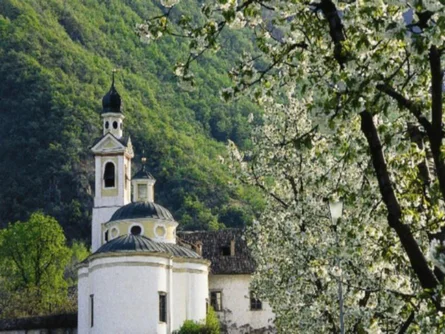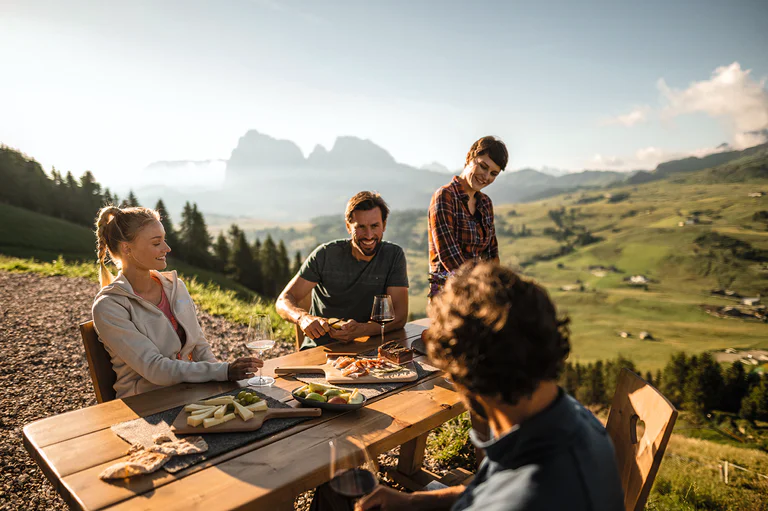This small and cosy chapel was built in 1702 by order of the Commander Johann Jakob Count Thun. It was the second chapel, after the one in Klobenstein that was devoted to the Saint who was greatly revered by him. It is also the crowning conclusion of his building activities carried out at the manor of the Teutonic Order in Siebeneich which began in 1664. The altar with two columns and statues of St. John and St. Jacob, who are the patron saints of the Commander, is credited to the sculptor Cristoforo Benedetti from Castione.




























































































